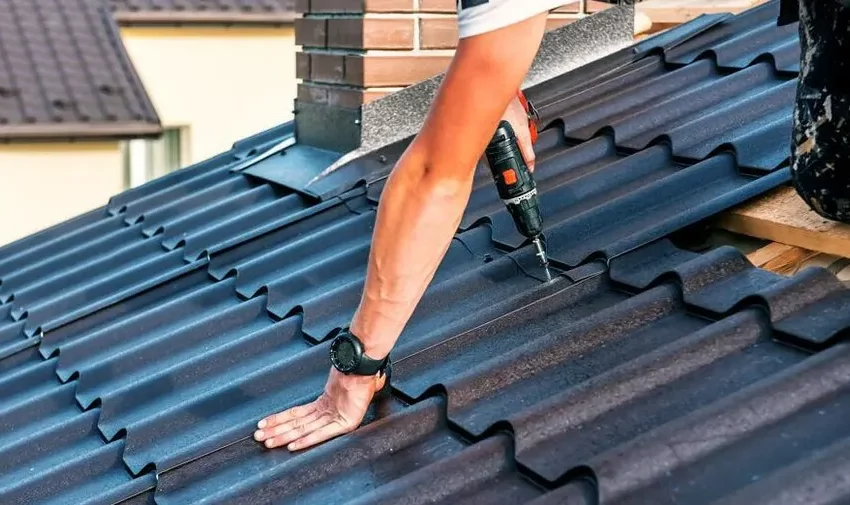
5 Types Of Roofing You Should Consider
A roof’s style is important for both curb appeal and protection. The roof choice customers make can depend on the type of house and climate they live in.
Asphalt fiberglass shingles are affordable, durable and available in many colors. They work well on gable roofs. Cedar, redwood and southern pine shingles are natural options that look good on cottage-style and craftsman houses. They need to be treated for fire resistance in wet climates.
1. Asphalt
Asphalt shingles are the most popular roofing materials for homeowners today. They are easy to install and can last a long time. They also offer a wide range of colors and styles to suit any aesthetic.
One of the biggest benefits of shingle roofs is that they can match up with many different architectural styles. 3-tab shingles are traditional and work well with most homes, but there are other options, such as dimensional shingles or premium shingles that mimic the look of slate or cedar shakes.
These shingles are thicker than 3-tab shingles, and they have alternating areas or tabs of single and double layers. This gives them a textured look and enhances your home’s curb appeal. They can even help improve your home’s energy efficiency by reducing the amount of heat that is transmitted through the roof.
2. Wood
Wood roofs are a good choice for homeowners who want to add a natural aesthetic to their home. They are available in shingle or shake styles. Wood shingles have a more uniform appearance, while shakes have a thick textured look that gives your roof dimension and uniqueness.
Cedar, cypress and other types of wood offer great weather resistance and are very durable. They also provide excellent energy-efficiency, a benefit for homeowners who want to save on their electricity and gas bills.
However, a drawback of wood roofing is that it needs more maintenance than other roofing materials. It is also susceptible to pests, such as termites and wood borers. It is also more vulnerable to fires than other roofing materials. This makes it a poor choice for areas prone to wildfires.
3. Copper
Copper roofs are beautiful, durable and last a lifetime when properly maintained. It is an attractive metal that pairs well with a wide variety of building styles. Its natural patina changes color over time, giving it a classic look that will enhance any home. Copper is also non-flammable and will resist fungus and mildew growth. Its high heat threshold means it can withstand the effects of extreme weather conditions.
Although initially more expensive than shingles, copper will pay for itself over time. This is due to its low repair and maintenance needs and its ability to withstand the elements. Its longevity and energy efficiency also increase a home’s value. It’s also resistant to fire, which is especially important for homes in areas prone to wildfire.
4. Synthetic Slate
If you love the look of slate but don’t have the budget for a real slate roof, synthetic roofing might be the right choice. A reputable slate roofing contractor can create a synthetic roof that looks authentic, and many manufacturers offer warranties for decades.
However, homeowners should note that the color of faux slate shingles can fade over time. This can impact the beauty of your home, especially if it is a historic house or you are trying to match a specific color palette. Also, because the synthetic slate shingles are installed like asphalt shingle tiles and are not nailed down properly, they can curl over time. This is not the case with a natural slate roof that is installed by a specialist. Authentic slate offers a poetic glimpse into the past and a bold step toward a sustainable future.
5. Clay
Having been around since antiquity, clay roofing is one of the most beautiful and durable options out there. Initially fashioned by hand, today’s clay tiles are made by mixing different natural clays with desirable qualities and then firing them in a kiln.
Due to their robust nature, clay roof tiles can withstand high winds and snow without buckling or leaking. They are a great choice for those in areas prone to severe weather.
However, because of their heavy weight and structural requirements, homeowners will want to be sure that they have enough strength in their home to support a tile roof before going with this option. They also tend to be more expensive than other roofing materials. They do, however, offer benefits like enhanced airflow and thermal emittance.




